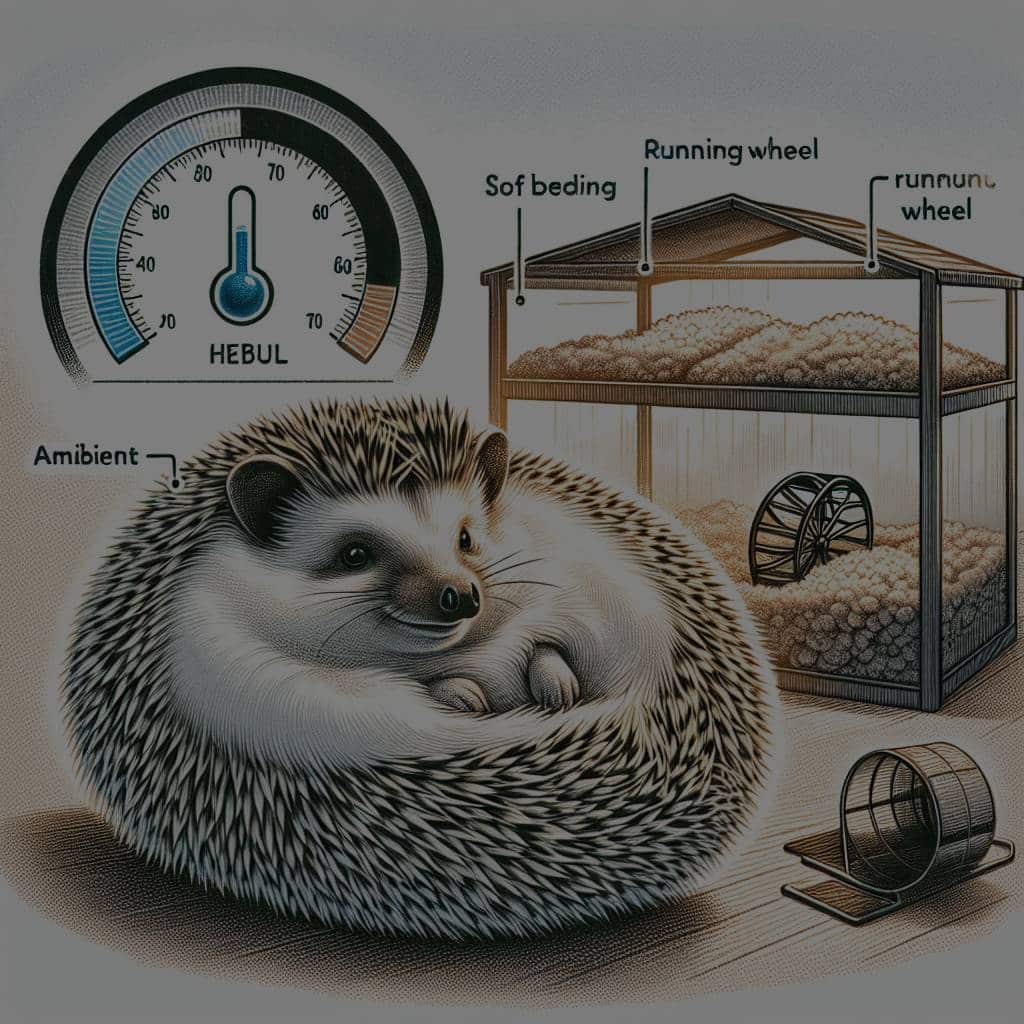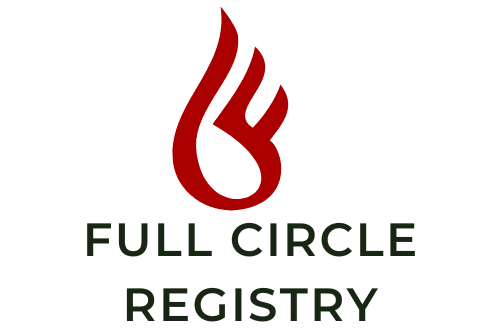What Is the Optimal Temperature Range for a Pet Hedgehog’s Habitat?

When it comes to keeping pet hedgehogs, your knowledge and care will significantly influence their well-being. A key aspect of this care involves understanding and maintaining the suitable temperature for their habitat. This article will provide a complete guide to the optimal temperature for a pet hedgehog’s habitat and how to maintain it, as well as other crucial elements of hedgehog care including diet, water provision, disease prevention, and cage setup.
Understanding the Importance of Temperature in a Hedgehog’s Habitat
The health and comfort of your hedgehog strongly depend on the temperature of their habitat. These small creatures, originally from African deserts, require a warm and stable environment. If the temperature in their habitat falls too low, they may attempt to go into hibernation, a state that is dangerous for pet hedgehogs and can lead to severe health complications or even death.
Additional reading : How to Identify and Address Food Intolerance in Parrots?
Ideally, the temperature in a hedgehog’s cage should range from 72°F to 80°F (22°C to 27°C). Hedgehogs can tolerate slight fluctuations within this range, but dramatic changes can cause stress and potentially trigger hibernation. It’s essential to keep a reliable thermometer in the cage to monitor the temperature regularly.
How to Maintain the Optimal Temperature
Once you understand the importance of temperature in a hedgehog’s habitat, the next step is learning how to maintain it. Depending on the overall temperature of your home or the area where the cage is kept, you might need to use a heat source to ensure that the cage stays within the optimal range.
Topic to read : What Are the Latest Advances in Canine Arthritis Treatment?
Heat lamps are a popular choice for many hedgehog owners. They can provide consistent heat and are easy to adjust. Alternatively, you can use heat pads placed under the cage. However, these should be used with caution to avoid overheating. Only use heat sources designed for pet habitats, and always keep a close eye on the thermometer to ensure the temperature remains stable.
Essential Elements of Hedgehog Care: Diet, Water, and Cage Setup
Aside from maintaining the correct temperature, other important elements contribute to the overall health and happiness of your hedgehog. A well-balanced diet is crucial. Hedgehogs are insectivores, so their diet should consist mainly of a variety of insects, supplemented with small amounts of fruits, vegetables, and specially formulated hedgehog food.
Water should always be readily available, preferably in a shallow dish that the hedgehog can easily access. The cage should be spacious enough for the hedgehog to move around comfortably and should contain a mix of bedding materials for burrowing, as well as hiding spots and toys for mental stimulation.
Preventing and Detecting Disease
Like all pets, hedgehogs can be prone to certain diseases. Regular health checks are crucial for early detection and treatment. Aside from keeping an eye out for obvious signs of illness, such as changes in behavior, eating habits, or physical appearance, it’s also important to monitor your hedgehog’s weight regularly and to consult a veterinarian who is experienced with hedgehogs if you have any concerns.
If your hedgehog starts acting lethargic or unresponsive, or you notice a drop in body temperature, these could be signs of an attempt to go into hibernation. In such a case, you should immediately warm the hedgehog slowly and consult a veterinarian.
Responding to Your Hedgehog’s Needs
Just as humans have varying needs and preferences, so do hedgehogs. While the information about temperature ranges, diet, and habitat setup provided here is generally applicable, individual hedgehogs may have specific needs or preferences. Therefore, it’s essential to closely observe your hedgehog, adjust its care according to its behaviors and needs, and consult a veterinarian whenever necessary.
In conclusion, creating a comfortable and safe environment for your hedgehog is not merely a request but a necessity. The quality of the care you provide will directly impact your hedgehog’s health and happiness. By maintaining the correct temperature, providing a balanced diet and clean water, setting up a comfortable cage, monitoring your hedgehog’s health, and responding to its individual needs, you can ensure that your prickly pet thrives.
Additional Considerations for Hedgehog Habitats
A crucial point to remember when setting up a pet hedgehog’s habitat is that they are nocturnal creatures. Consequently, it’s important to provide a space that allows your hedgehog to engage in its nocturnal activities comfortably. This includes the provision of exercise wheels, hiding spots, and opportunities for burrowing. A high-quality hedgehog cage should be spacious, free from drafts and dampness, and provide an area for sleeping in addition to the active areas.
In terms of bedding, a mix of materials is recommended for African Pygmy hedgehogs or other pet hedgehogs. This can include aspen shavings, pellet-type bedding, or carefresh materials. It’s crucial to avoid cedar shavings, which can cause respiratory issues. Providing a mix of materials allows your hedgehog to engage in the natural behavior of burrowing and nesting, which keeps them mentally stimulated and content.
While hedgehogs may seem like low maintenance pets, they actually require daily interaction and care. Regularly handling your pet hedgehog will help it become comfortable with you and reduce stress. It’s also a good idea to give your hedgehog time outside the cage for more exercise, but always under supervision to ensure it doesn’t get injured or lost.
The Role of Quality Diet in a Hedgehog’s Health
A balanced and high-quality diet is a cornerstone of hedgehog care. In the wild, hedgehogs are insectivores, feasting on a variety of insects. Thus, the diet of your pet hedgehog should mainly consist of insects, but it can also be supplemented with special cat food. Make sure to choose a cat food brand that is low in fat and high in protein.
Vegetables and fruits can also be included in their diet, but in moderation. Hedgehogs will enjoy small pieces of apples, carrots, or leafy greens. However, it’s important to remember that not all fruits and vegetables are safe for hedgehogs. Always research or consult with a vet before introducing a new food item to your hedgehog’s diet.
A water bottle or a shallow dish of fresh water should always be available in the hedgehog cage. Be sure to change the water daily to ensure it is clean and free from contamination.
Conclusion
Ensuring the optimal temperature range for your pet hedgehog’s habitat is a key aspect of hedgehog care, but it’s not the only one. A complete answer to the question of how to best care for your pet hedgehog also involves understanding their dietary needs, providing the right habitat set-up, regular handling, and monitoring for signs of illness.
While hedgehogs are generally low maintenance pets, they require attentive care and a commitment to meeting their specific needs. It’s essential to view complete care as an ongoing commitment, rather than a one-off task. This includes regular health checks, adjusting diet and habitat as needed, and getting to know your hedgehog’s individual behaviors and preferences.
If you take the time to learn about your hedgehog and respond to its needs, you will find it a rewarding and enriching pet ownership experience. While they may be prickly, hedgehogs can offer a lot of affection and companionship to their owners. With the right care, your pet hedgehog will thrive, providing you with years of joy and companionship.
